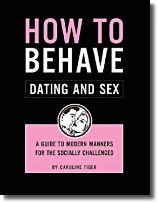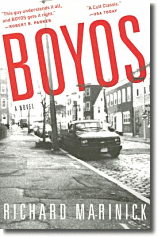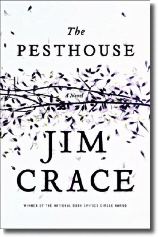Kathleen A. Bogle
Andy Guess interviewed Kathleen A. Bogle, author of Hooking Up: Sex, Dating, and Relationships on Campus, for Inside Higher Ed.
A couple of exchanges from the interview:
Read the entire interview.
Q: How much of your interviews reveal what students perceive about hookup culture — that is, what they hear from their friends and expect from popular culture — as opposed to what actually happens on campus? Are their responses reflecting personal experience, wishful thinking, or both?
A: I asked students about their general perceptions of college students, perceptions of their peer group and their own behavior. What I found is that students tend to overestimate what their peers are doing. In other words, students often perceive that others hook up more often and go farther sexually during hookup encounters. These misperceptions, in turn, affect their own behavior because students make decisions about their own lives based on what they believe is “normal” for college students. I hope that my book can help clear up these distorted perceptions so that students can make choices based what is really going on.
Q: Recent reports about the hookup culture and “friends with benefits” have been seen by some as a cause for alarm. How does your study differ from previous accounts?
A: I tried to take a more evenhanded approach than previous commentators have on this subject. Where others have focused primarily on the most extreme behavior, I found that hooking up represents a wide range of behavior. I tried to present a realistic view of the hookup culture by including the voices of those who participate in moderate degrees and those who do not participate at all. Although I agree that some of what is going on in the hookup culture is cause for alarm (or at least concern), it is unfair to characterize the entire system, much less “all college students,” by what we see on MTV’s coverage of spring break.
I also think that in comparing hooking up to dating, other commentators have shown the dating era through rose-tinted glasses. Research on dating indicates that it was less than ideal. So I tried to present my findings about hooking up in a more accurate historical context.
Learn more about Hooking Up.
--Marshal Zeringue


































